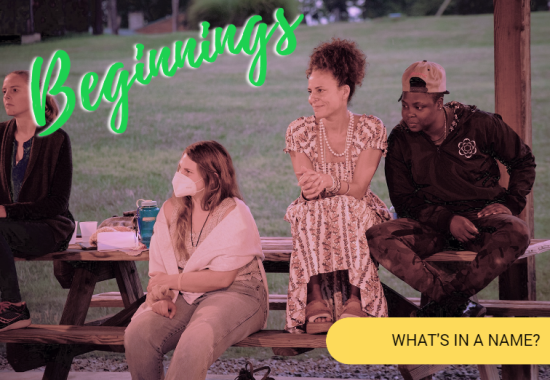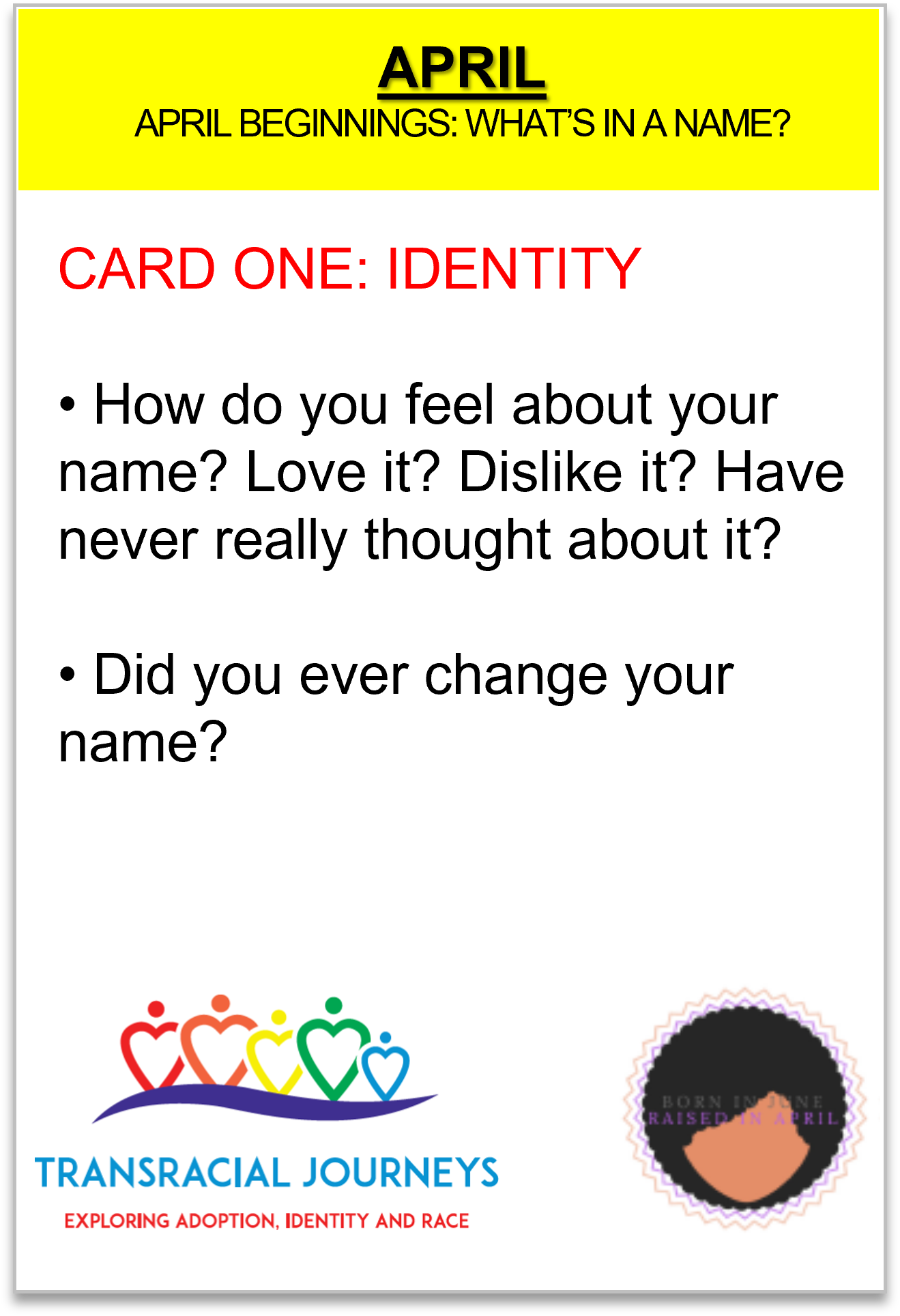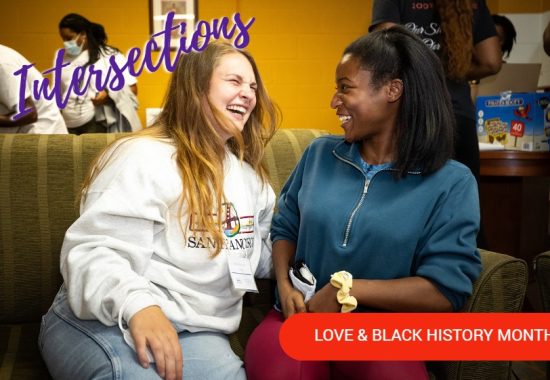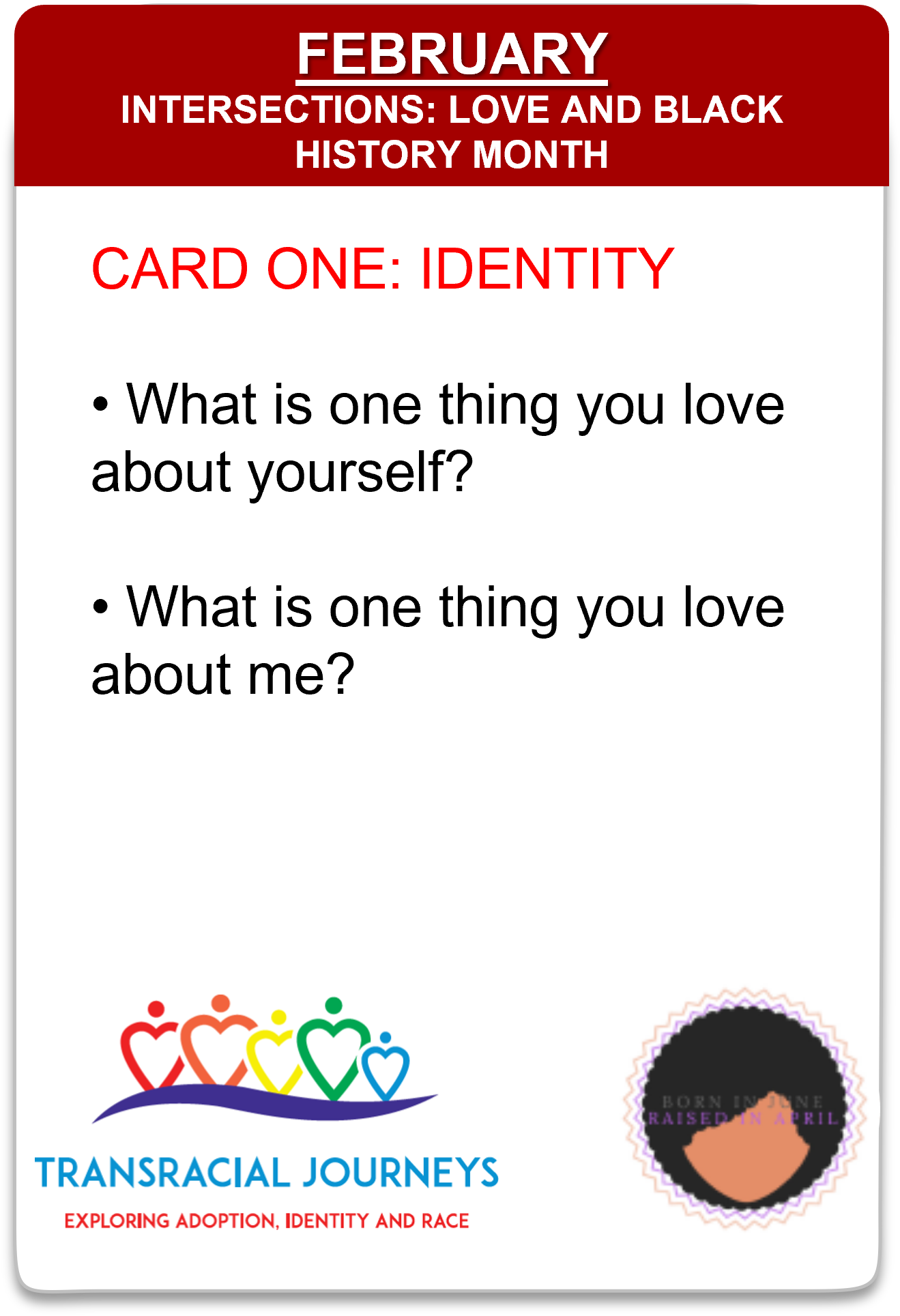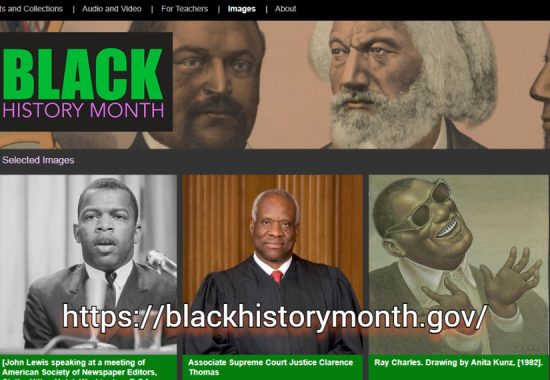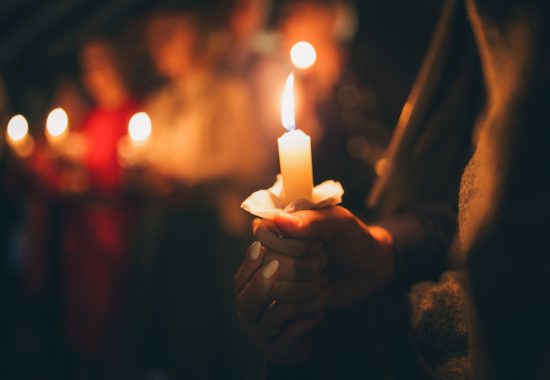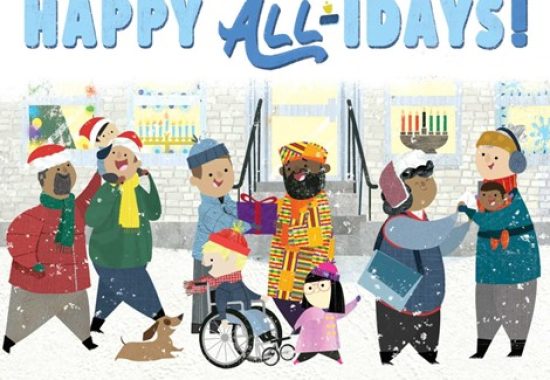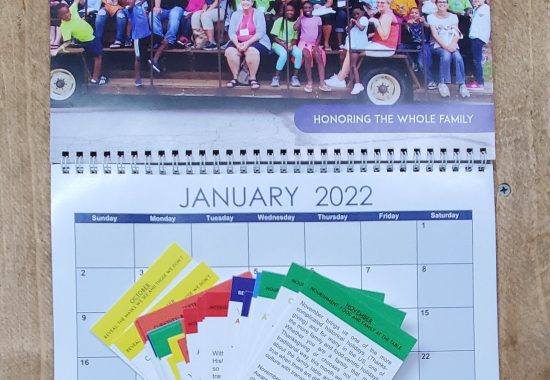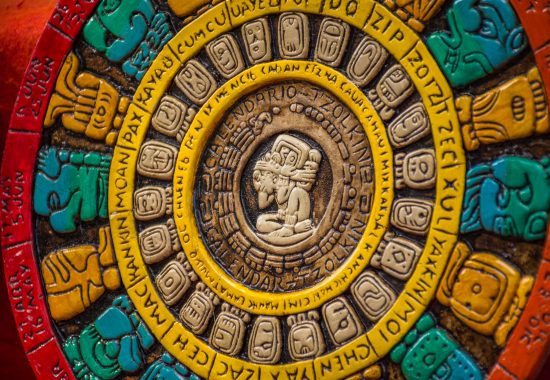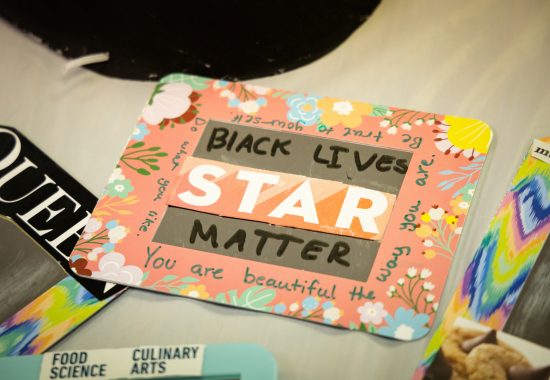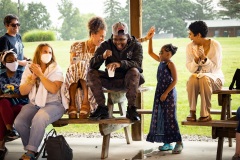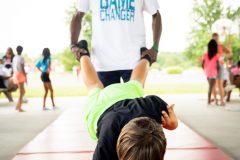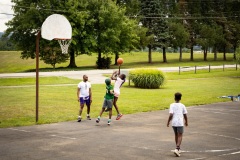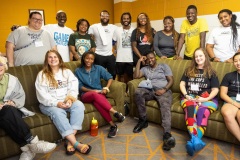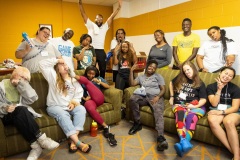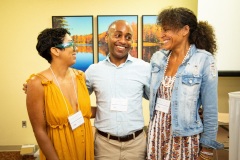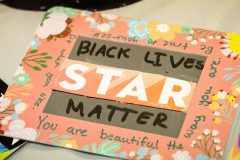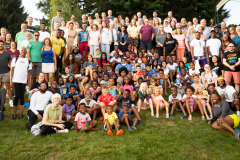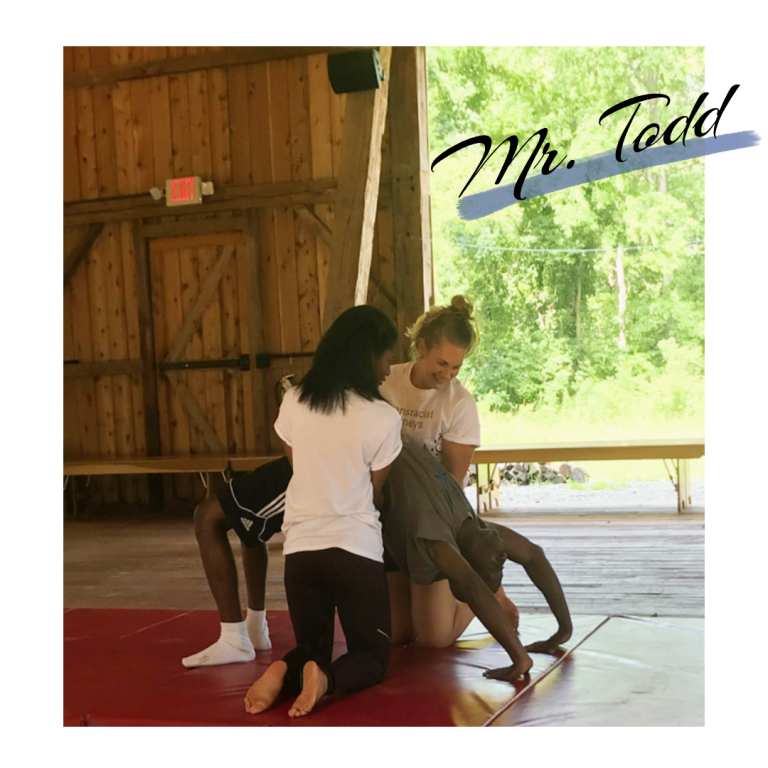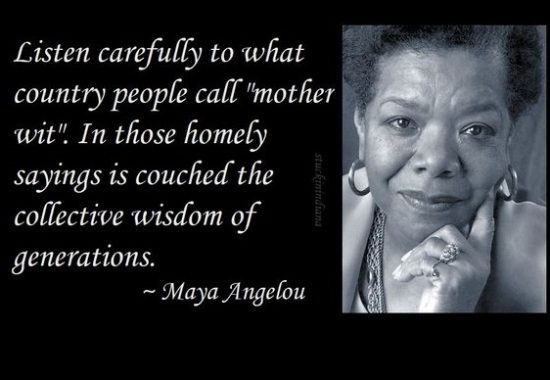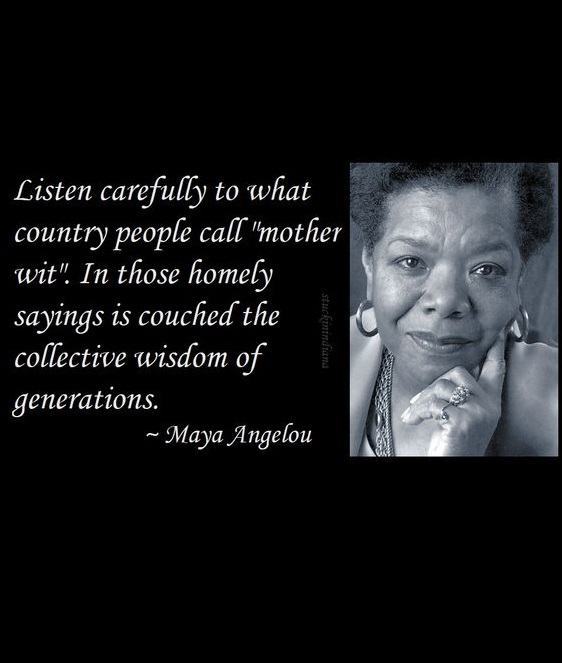Your name is central and significant to who you are and, in essence, can be the keystone of identity. When your child is adopted, there’s another world, another narrative, and perhaps another name that accompanies them along with their “who am I?” journey. The way in which we build a strong and healthy identity often begins with our names as one of our central building blocks.
April Pro-Tip to Foster Conversations About Transracial Adoptions
At Transracial Journeys we send our families conversation cues each month, from our Transracial Journeys card deck, presented to parents at Family Camp 2021. The card deck contains three cards for each month, designed for the children to ask their parents. Below are the questions for April. Before letting your child get started, prepare by reading the parent pro-tip, from the Parent Guide, each month.
April Pro-Tip for Parents: : Becoming more fully aware of the deeper elements of adoption related to names will prepare you to authentically hold the realities of identity formation experiences. Diving into these delicate topics may evoke strong emotions. Have confidence in yourself to take steps on this journey. As part of the TRJ community, you have the support, love, and guidance of this community to commit to moving toward complexities in service of a healthier, fuller experience of adoption for your child/children, your family, and for YOU!
CARD ONE: IDENTITY
• How do you feel about your name? Love it? Dislike it? Have never really thought about it?
• Did you ever change your name?
CARD TWO: RELATIONSHIPS
• How did you choose my name?
• Do you know if I had a different name before I was adopted?
• Did you discuss my name with anyone in my family of origin?
CARD THREE: EMBRACING AND FACING DIFFERENCES OF RACE AND CULTURE
• Does my name have cultural significance?
This post is from our April, 2023, e-newsletter. If you would like to get our newsletter in your inbox each month, please subscribe. You will get invitations to our Parent Meet-Up each month, a virtual meeting to act as a transracial adoption support group - sharing issues, ideas and strategies for creating a culture of communication and curiosity in your home, as well as monthly card prompt to keep the conversations about race, adoption, family, love and relationships front and center all year long. And lastly, you'll always be made aware of important dates for Transracial Journeys Family Camp.

